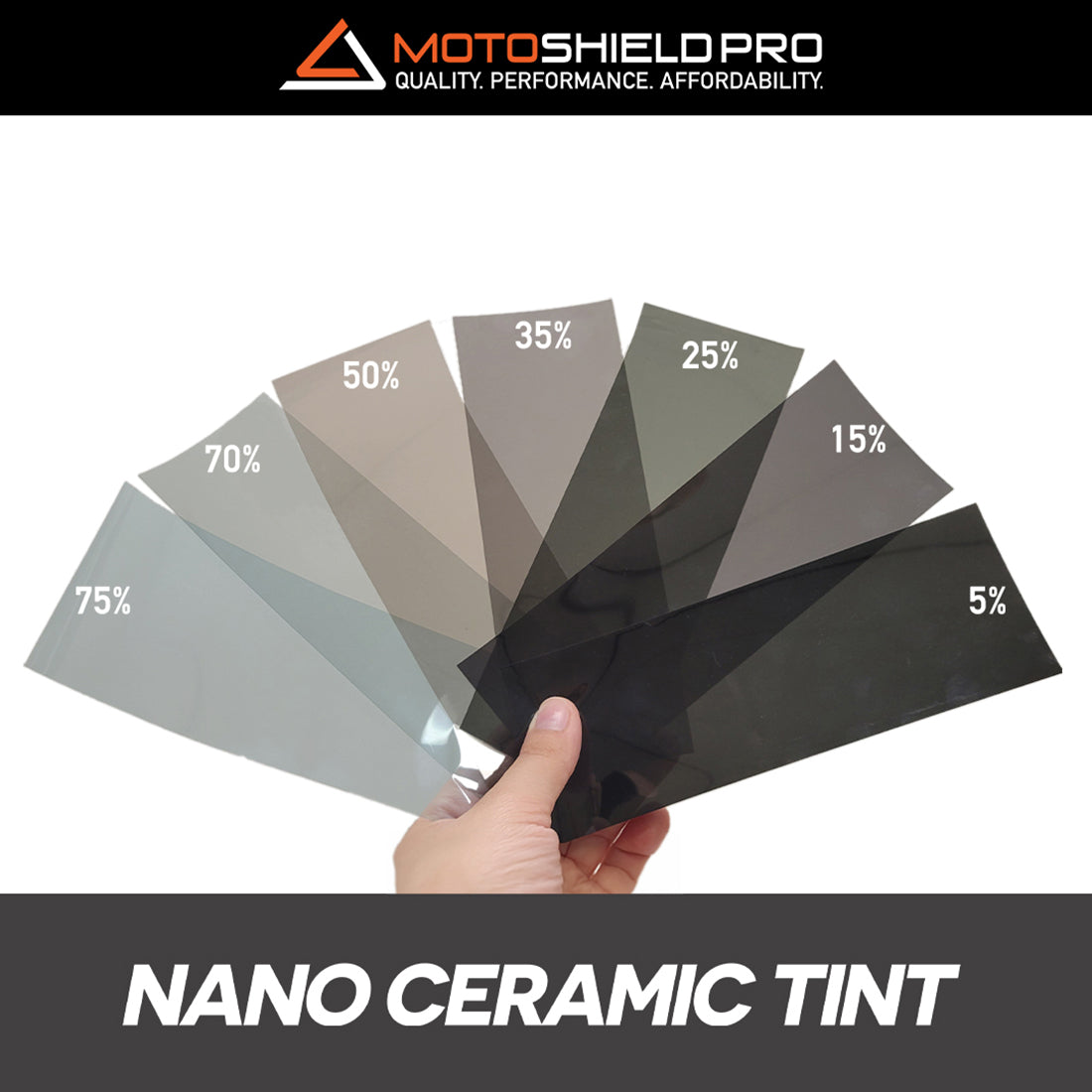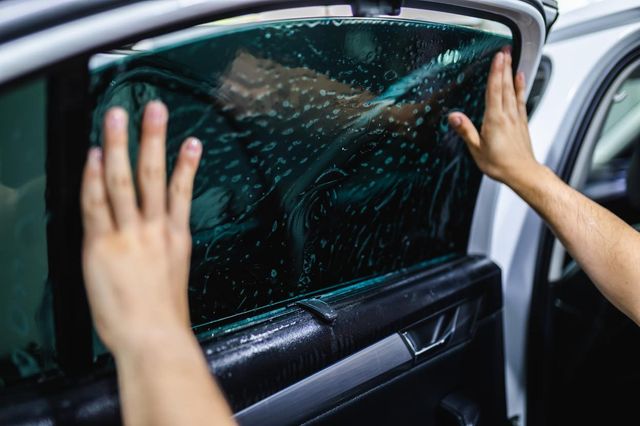Window Tinting Regulations and Guidelines: What You Need to Know Before Tinting Your Cars And Truck
Before proceeding with window tinting for your automobile, it is essential to acquaint on your own with the diverse regulations and standards that regulate this technique across different states. These policies determine the acceptable levels of tint darkness, commonly measured by visible light transmission (VLT) portions, and consist of details specifications for front windscreens intended at guaranteeing road safety.
Summary of Window Tinting Laws
Home window tinting regulations are often based on variant across different jurisdictions, reflecting neighborhood regulations and safety and security factors to consider. These laws determine the allowable levels of color darkness and reflectiveness on automobile home windows, making certain that chauffeurs keep ample visibility while also securing versus dangerous UV rays and warm.
The majority of guidelines classify window tinting based on the Visible Light Transmission (VLT) percentage, which indicates the quantity of light that can travel through the window. Generally, lower VLT portions indicate darker tints. Regulations usually separate between the front, side, and back windows, with more stringent constraints used to the front windscreen to boost security for both the driver and other road individuals.
Additionally, some territories impose limitations on the reflectivity of the tint, avoiding extreme glare that can impair exposure. Exceptions to these regulations might exist for people with specific medical problems requiring additional sunlight protection. Compliance with home window tinting policies is crucial, as offenses can lead to fines, required removal of the tint, and possible boosts in insurance coverage premiums. Therefore, it is essential for automobile owners to acquaint themselves with neighborhood laws before proceeding with home window tinting setups.
State-by-State Color Regulations
Understanding the particular home window tinting guidelines in each state is essential for automobile owners seeking to abide by the legislation. Each state in the U.S. has established its own collection of policies regulating window tinting, which can vary considerably. These regulations often determine the allowable degrees of tint darkness, the kinds of windows that can be tinted, and any medical exemptions that might use.
For instance, states like California have rigorous constraints on tint darkness for front windows, while others, such as New Mexico, might enable darker tints. Furthermore, certain states mandate specific visibility portions for different home windows, including the windscreen, front side home windows, and rear windows. It is critical for car owners to familiarize themselves with their state's regulations to stay clear of potential fines or charges.
In addition, some states might need an accreditation sticker label to be put on colored windows, showing compliance with state laws. Failing to stick to these policies not just takes the chance of legal effects but can additionally influence security and exposure while driving. Therefore, lorry owners need to carry out complete study or get in touch with local authorities to make certain full understanding and compliance with state-by-state color laws.
Allowed Tint Degrees and Types
Many car owners might be amazed to learn that enabled color levels and types differ commonly across different states. Each state has actually developed its very own laws regarding the permissible darkness and reflectivity of home window tint, often measured by Visible Light Transmission (VLT) percents. VLT refers to the amount of light that can go through the tinted home windows; thus, a lower percentage shows a darker color.
Furthermore, the kinds of color products permitted can differ, with some states restricting metal or mirror-like coatings. It is vital for lorry proprietors to acquaint themselves with their state's specific laws to make sure conformity. Non-compliance can cause penalties, compulsory removal of the tint, or various other legal consequences, making it necessary to understand these guidelines prior to proceeding with installment.
Medical Exceptions for Tinting
While not all states give allowances for clinical exceptions relating to window tinting, those that do recognize the requirement for specific individuals to improve presence and comfort because of medical conditions. Different clinical problems, such as lupus, skin cancer, and certain eye problems, can make individuals especially conscious sunshine. Consequently, these individuals may need darker tints to safeguard themselves from hazardous UV rays and glare.

It is necessary to note that despite a clinical exception, there may still be limitations on the degree of color allowed. Compliance with state legislations ensures that individuals are both secured and within lawful limits. Those considering clinical exemptions ought to contact their local Department of Motor Vehicles or equivalent authority to understand the demands and treatments needed to request an exemption effectively.
Fines for Non-Compliance
Stopping working to follow home window tinting laws my review here can result in substantial charges, which vary by state. Legislation enforcement agencies are encouraged to release citations for automobiles that do not adhere to the defined tinting regulations. These browse this site charges generally include fines, which can vary from small total up to several hundred dollars, depending upon the extent of the offense and the state in inquiry.
In some territories, duplicated offenses may lead to intensifying fines or added fines, such as obligatory court looks. Additionally, non-compliance might necessitate the elimination of illegal tinting, typically at the owner's expenditure. In severe situations, habitual wrongdoers might face suspension of their vehicle registration up until compliance is attained.
In addition, insurance implications may occur from obtaining numerous citations for home window tint offenses. Insurance companies might check out such offenses as an indicator of riskier actions, potentially resulting in enhanced premiums or problem in coverage.
To stay clear of these penalties, it is crucial for automobile proprietors to familiarize themselves with their neighborhood home window tinting regulations and make certain that their lorry complies (Window Tinting). This positive approach not only avoids legal implications but likewise advertises road safety
Conclusion

The majority of regulations categorize home window tinting based on the Visible Light Transmission (VLT) percent, which indicates the quantity of light that can pass via the home window. Conformity with window tinting laws is crucial, as infractions can result in fines, obligatory elimination of the tint, and possible rises in insurance coverage premiums.Comprehending the certain home window tinting laws in each state is important for car owners seeking to comply with the legislation. These regulations frequently dictate the permitted levels of tint darkness, the kinds of windows that can be tinted, and any kind of medical exceptions that may apply.
For instance, states like The golden state have strict restrictions on color darkness for front windows, while others, such as New Mexico, might allow darker colors.